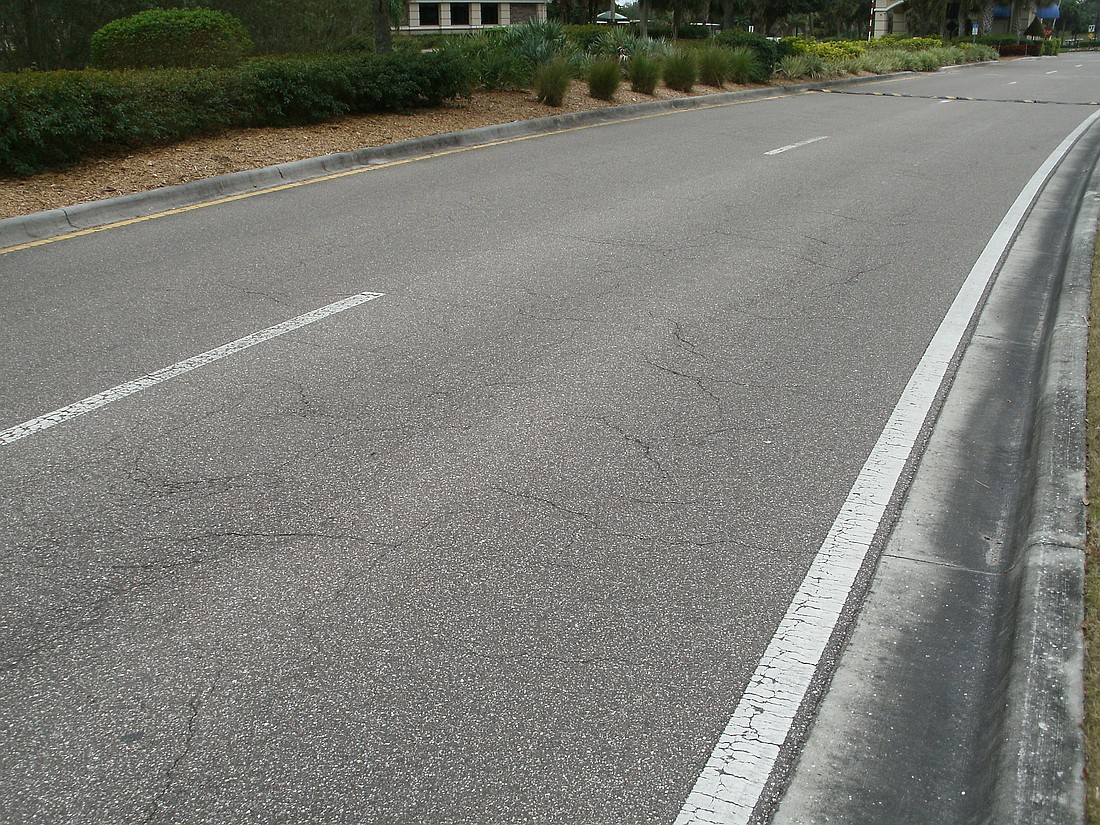- April 25, 2024
-
-
Loading

Loading

Over the next 15 to 20 years, the Heritage Harbour South Community Development District will pay between $725,000 to $1 million to fix select roads.
The good news is, the community’s roads are currently in fairly good shape, according to District Engineer Rick Schappacher, so the CDD has time to start budgeting for the multiyear, phased project.
On March 3, Schappacher presented the Community Development District’s (CDD) board with a report on 28 of the community’s roads.
Schappacher and Supervisor Tad Parker said the CDD is currently budgeting funds for reserves to pay for such expenditures. Residents won’t see additional fees.
He considered the asphalt’s life expectancy and length, and number and depth of cracks when determining which roads needed attention first.
Roadwork consists of repaving roads that have cracks caused by tires sliding when heavy vehicles, such as garbage trucks, brake. The 1,480 feet of road between Lighthouse Drive and Beacon Harbour Loop is an example of a surface that needs repairs within two to five years due to the marks tires caused on the road.
“When a vehicle brakes, it’s trying to slide the asphalt,” Schappacher said. “That’s what happened here. You see that in areas just before stop signs, before red lights and in cul-de-sacs.”
He believes the pavement’s weak soil cement mixture that dates back to the community’s development between 2002 and 2005 is also part of the problem.
Schappacher thinks crushed concrete made of old sidewalks and curbs would make a stronger base for the roads.
In the worst cases, potholes could eventually form in the asphalt, Schappacher said. But, the cracks aren’t base failures, which means the holes wouldn’t be as deep or costly to fix as potholes that lead to the base of the road.
“The roads aren’t falling apart; they’re actually in good shape,” Schappacher said. “But in some cases, it’s just a matter of time before we need someone come fix them.”
Contact Amanda Sebastiano at [email protected].